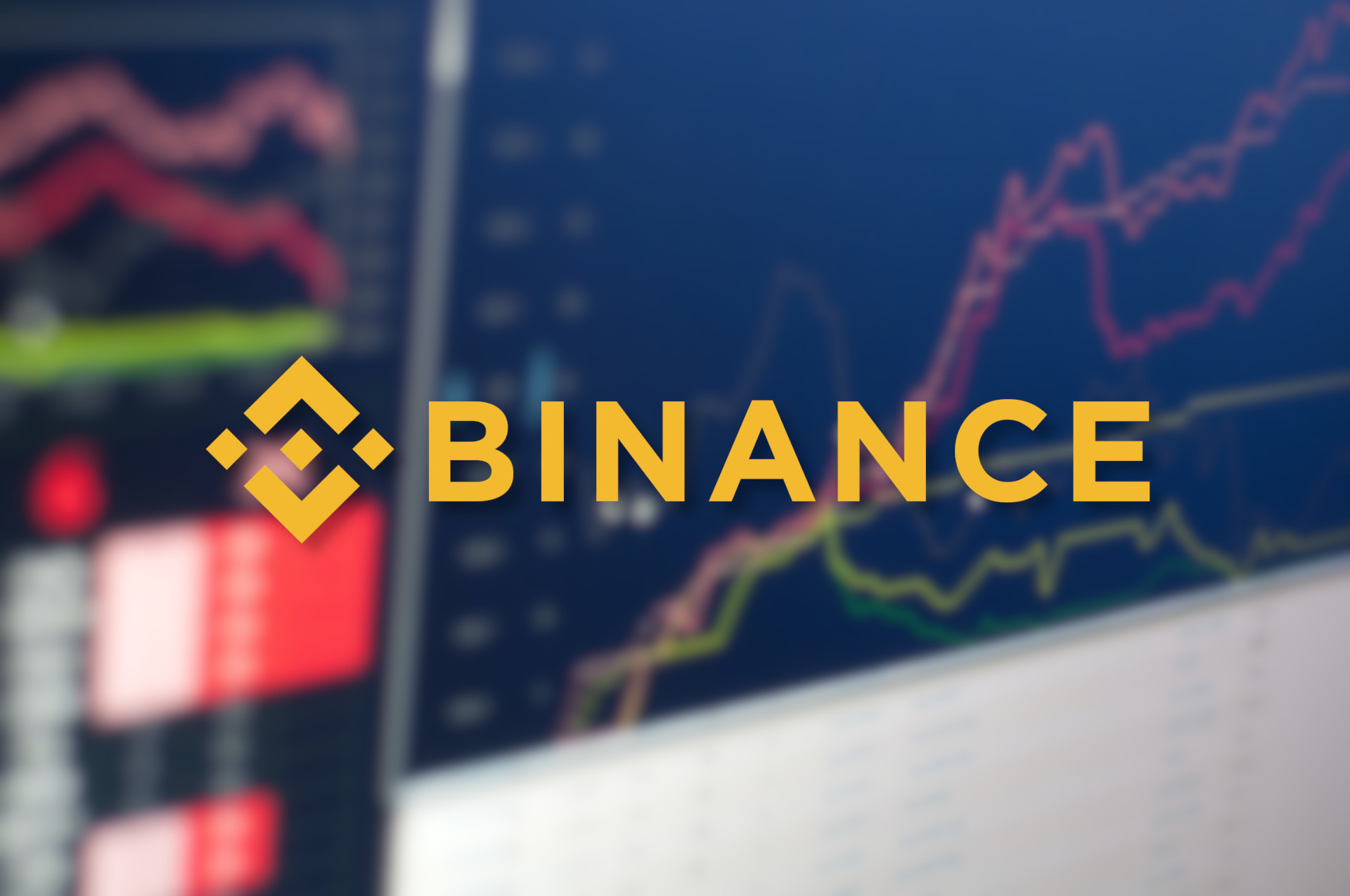
Swap Farming is a trading feature that lets Binance users earn a share of BNB rewards for any cryptocurrency swap they make. The relatively new feature is a part of the Binance Liquidity Swap platform, which features nearly 100 liquidity pools, allowing users to earn a share of trading fees generated by liquidity pools. Before diving further into Swap Farming, let’s first take a look a the overarching platform that enables fast and low-cost crypto swaps – the Binance Liquidity Swap platform.
Binance Liquidity Swap
The Binance Liquid Swap is one of many Binance Earn features that allow users to generate passive income sources with their crypto holdings. Some other features under the Binance Earn umbrella include Auto-Invest, Savings, and Dual Investment.
Since its launch in 2020, Binance Liquid Swap has grown rapidly, and the number of liquidity pools on the platform has grown past 90 pools. Its growth has come, in part, because of its simple user interface compared to other similar platforms, but another often overlooked aspect of its growth is the ability to buy and sell cryptocurrencies with minimal hassle and low fees.
Looking at it from a statistical outlook, Binance Liquid Swap leads all yield farming platforms in terms of daily active users. Despite its relatively young existence, it saw 171,000 active users on July 26, 2021 – 1,000 more than the second largest rival platform.
What is Swap Farming?
Swap Farming is a feature introduced on Binance in late 2020. It is the centralized equivalent of decentralized finance (DeFi) liquidity pools as it brings the perks of ease, security, and liquidity to one of the most used features in the crypto market. In swap farming, users can leverage the power of Binance’s liquidity pools to exchange supported digital assets near instantaneously and with low fees.
Each Swap Farming trade generates BNB, which means that the crypto swapping fee is further slashed. In some instances, using Swap Farming can be more cost-efficient than using spot market trades, which charge a 0.10% taker and makers fees (the percentage corresponds to the lowest tier VIP level users) when trading spots assets on Binance.
Benefits of Binance Liquidity Farming
To understand the benefits of Swap Farming, we first need to look at the pressure points of traditional decentralized liquidity mining offerings and its parent Liquidity Farming platform. Binance’s Liquidity Farming platform is built upon the three core pillars: convenience, liquidity, and security. Let’s look in detail at some of the features that make Binance’s offering one of the leading ones in the sector:
User-centric designs
The way Binance finds a balance between features designed for newbie users and advanced crypto traders deserves commendation. Liquid Swaps are accessible right from the homepage, while most functions can be accessed with just a couple of clicks.
The ease of use is especially apparent when compared with decentralized liquidity pools, which often feature complex interfaces and little to no explanation of individual features. Unlike in DEX pools, there is no need to move between different websites before tokens are swapped on Binance. One added benefit of users being able to complete their swaps without changing sites is the lower chance of user mistakes, or malicious attacks.
Wide selection of liquidity pools
Currently, over 97 pools exist on Binance Liquid Swap, and these pools, ranging from stablecoins pairs to Bitcoin and altcoins, have at least $1 million worth of liquidity in each of them. At the time of writing, the biggest pool boasts a little above $300 million worth of liquidity.
Even with these many pools to choose from, the Binance team still gets feedback from their users on what to improve and iterate. The Liquid Swap just went through its fourth major update showing improvements and new features. Binance engagement with the broader crypto community has been an important factor in growing the popularity, and subsequently liquidity, of the platform.
BNB farming
One of the major characteristics that make Swap Farming different from other crypto swap services around are the BNB rewards. Cryptocurrency swaps on Binance enable users to earn BNB rewards that are instantly claimable and designed to lower the overall cost of the service.
NB rewards can be claimed when swapping crypto via the Swap Farming platform. Before each swap, you can see the precise amount of BNB that the Swap Farming trade will generate.
High or stable rewards: Your pick
There are different types of pools to choose from – depending on your needs and risk tolerance. Over time, Binance claims more pools will be added to the 97 currently existing pools, and they will continue to include high-yield/high-risk pools and stable-yield/low-risk pools. You can go through the innovation pools to see perks that suit your needs. It is worth noting that high-yield pools are subject to volatile market movements due to the inherent volatility of altcoins deposited in them.
If your risk tolerance is low, you have the chance to choose from stablecoin pools. These pools help you swap one token to another, and your returns are predictable at any point of the investment. On stablecoin pairs, you can earn as much as 4% on stablecoins (as of July 26). While returns might be much lower than high-yield pools (the highest is 54% as at July 26), some users might prefer lower volatility over potentially higher rewards.
The risks involved in Liquidity Farming
There are a few risks involved with Binance’s Liquidity Farming pools. First, it is worth knowing that all funds are secured under the Binance reserved fund called “SAFU”, which is an insurance fund collecting a part of Binance’s trading fees that are reserved for emergencies.
There is also no need to switch between decentralized apps (dApps) before your swap can be completed, as is the case with most DEX counterparts.
The major risk involved with liquidity farming is slippage, which is the discrepancy between the expected price of a trade and the price at which the trade is executed. Although possible, nearly all trading pairs on the platform have deep liquidity, greatly reducing the risk of slippage.
Key terms in Binance Liquidity Farming
Here is a brief overview and explanation of the most important terms pertaining to the Liquidity Farming platform:
- Current pool size: this is the pair’s makeup within the present pool. Assets will be added in accordance with the composition when you add them.
- Add: Put liquidity in the pools through tokens.
- Remove: Take out your tokens from the liquidity pools.
- Price: The swap price between the pair in the pool. The final price depends on the proportion of the pair in the liquidity pool and is calculated by a formula.
- Portion: The percentage of your liquidity compared to the total liquidity in the pool after adding liquidity.
- Slippage: The deviating percentage between the current price and the ultimate executed price of a swap.
- Total yield: The estimated annualized return a liquidity provider can expect.
How to buy and sell crypto with Swap Farming
Swapping crypto using Swap Farming is very intuitive and literally requires but a couple of clicks. Here’s a step-by-step guide to using the feature on mobile devices.
Step 1
Open your Binance app, and click on Earn from the main screen.
Step 2
Select Swap Farming from the list of available Earn products. Click on the gray button in the upper right corner to expand the menu, if the Swap Farming feature is not immediately available.
Step 3
This will take you to the Swap Farming page. Click on “Filters all tokens with rewards” to filter for tokens that generate BNB rewards when swapping. Enter the amount of tokens to exchange and the cryptocurrencies you wish to use. Once you are ready, click on “Swap”.
Once the swap of supported cryptocurrencies is completed, you can click on the “Claim Rewards” button at the top of the screen to claim BNB. The button will turn yellow when the rewards are claimable.
Final thoughts
The liquidity farming field is getting more robust with each passing year. Swap Farming on Binance leverages the liquidity pools, to allow users to swap between two different tokens without having to go through complex processes, like placing spot market orders or using decentralized trading protocols.
Although some may argue that it defeats the purpose of decentralization without a third party, the number of rug pulls that have happened in the DeFi space, and the billions lost to it makes the need for a centralized liquidity farm self-explanatory.
Hopefully, this article helped you understand how Swap Farming works and its connection to the overarching Liquidity Farming platform. Open an account on Binance and start earning BNB when swapping crypto today.



